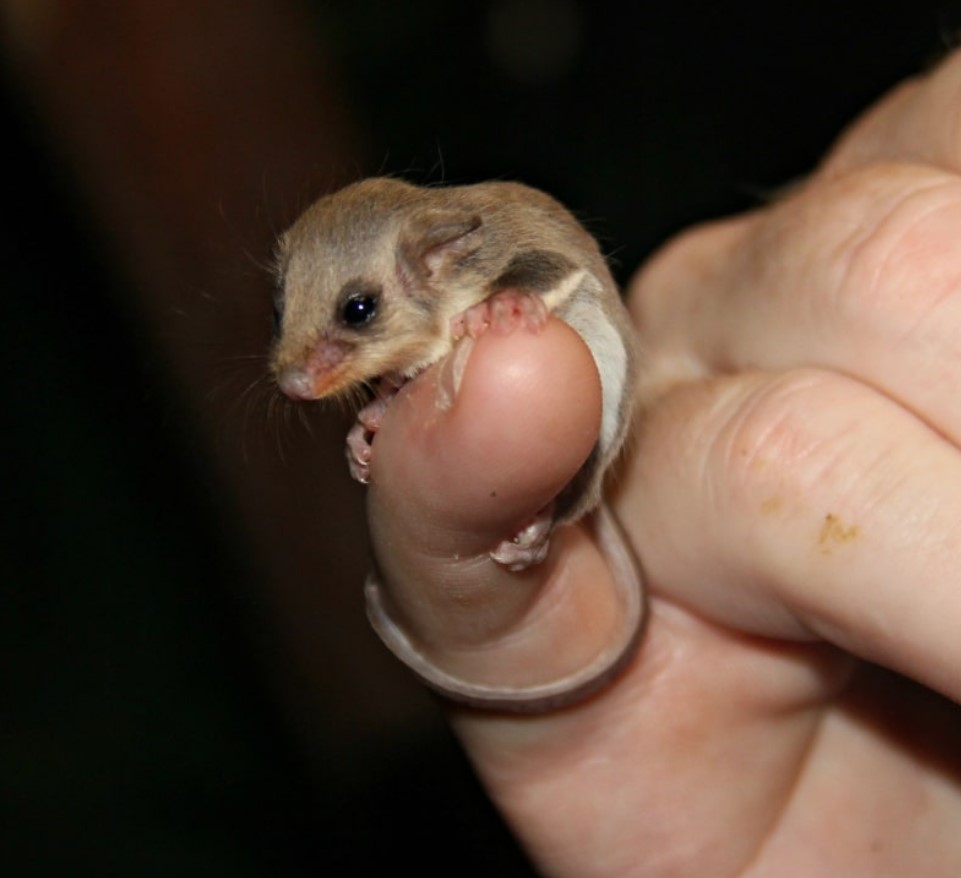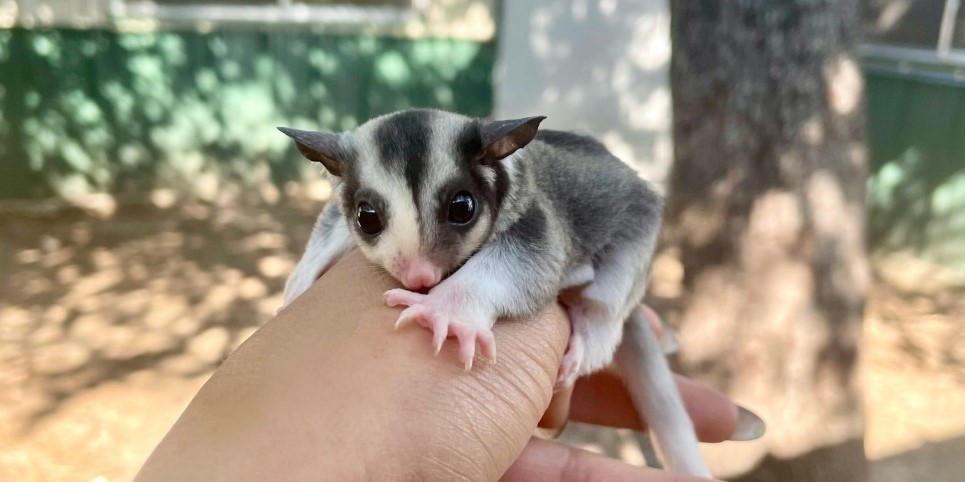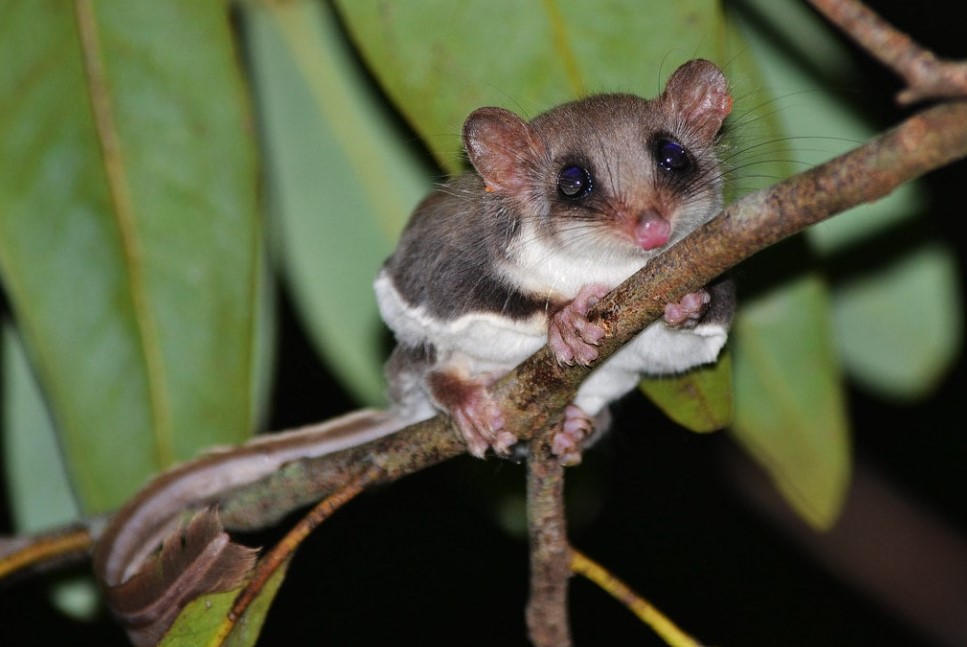There are many different kinds of adorable animals. Boop, a baby feathertail glider, is the tiniest animal at the Australia Zoo Wildlife Warriors. Boop is a sweet little creature who will steal your heart.
.
.
.
.

A baby animal named Boop is the cutest thing ever. She escaped her mother’s pouch and was found when she weighed less than one gram. No other baby animal is as adorable as Boop
Boop is receiving exceptional care at the wildlife sanctuary in anticipation of her return to the wild. These animals get their name from their flat tail, which is coated in stiff, fringed hair that grows horizontally on either side all the way to the tip. As they go through the trees, the tail is employed for steering and braking.
They appear to be the only mammal with feathered tails. The tail is 7-8 cm long and resembles a bird’s feather. This tiny glider weighs about 10 to 15 grams when fully grown. As a result, it occasionally can escape detection when in danger or be fooled by a mouse when the cat brings it inside.
Small marsupials called feathertail gliders go into torpor in cold weather or during times of food scarcity. The Feathertail glider has a light cream to white fur on the abdomen and a grey and brown back. In this condition, the animal’s respiration becomes sluggish, and it briefly loses consciousness.
The skin fold on these gliders, which runs from the elbow to the knee, acts as a gliding membrane. Long distances can be covered by the glider when it is extended out.

The Feathertail glider lives in trees and feeds on nectar, pollen, and insects. It glides in the air to get from one tree to another when it needs to.
.
.
When they leap off the tree with their legs outstretched, the skin flap between their front and hind foot spreads like a parachute and helps in their ability to glide. This little possum’s flattened tail aids in its ability to glide, turn, brake, and anchor as it lands
Feathertail gliders use gliding to stay above the treetops and evade larger, ground-dwelling predators. They usually only glide for 14 meters, while they have been observed to reach up to 28 meters in a single glide. There is a maximum of five glides each hour.

A Feathertail glider has feet that seem like frog feet, but they have fur instead of scales, and the large pads on their toes have grooves underneath that are toothed, allowing them to climb practically anything.
Because of the numerous sweat glands on the footpads, the small glider can climb even vertical glass panes using surface tension, which functions as tiny suction cups.
.
.
They can be found in eastern Australia, from far north Queensland to South Australia. These gliders can build their homes anywhere by lining their nests with leaves, feathers, and shredded wood, including old bird nests and banana sacks.

.
.
The nest is spherical and has a diameter of 6–8 cm. Palm, staghorn, and tree fern nesting locations are common. They live in communal groups of 5 to 30 people in the country’s north and reproduce all year; in the south, they do so in the spring, summer, and late winter.
.
.
In the wild, they survive for four years. Both sexes have the same size and appearance, except for the female’s pouch.
